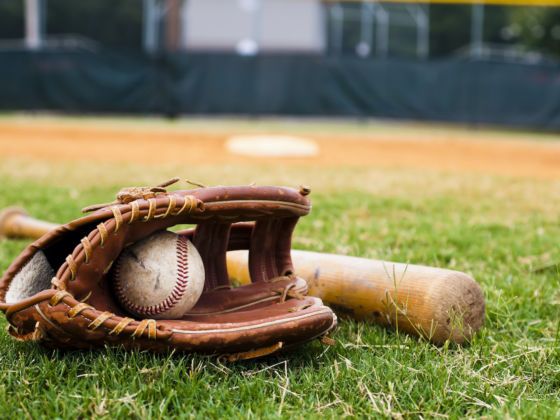Pretty much all of Arizona’s Valley of the Sun participates.
Every year, millions of baseball fans escape the frigid climates of the north to travel to Arizona for spring training, so Phoenix and its surrounding suburbs truly come alive during March for its Cactus League. Cubs fans can head to Diamond’s Sports Grill — which was owned for years by the broadcasting tandem of Steve Stone and Harry Carey — for a Chicago dog and an Old Style beer before catching the free shuttle to Sloan Park for the afternoon’s game. In Scottsdale, Don and Charlie’s Steakhouse not only offers great grub, but fans can also take in one of the world’s largest collection of baseball memorabilia and autographs.
